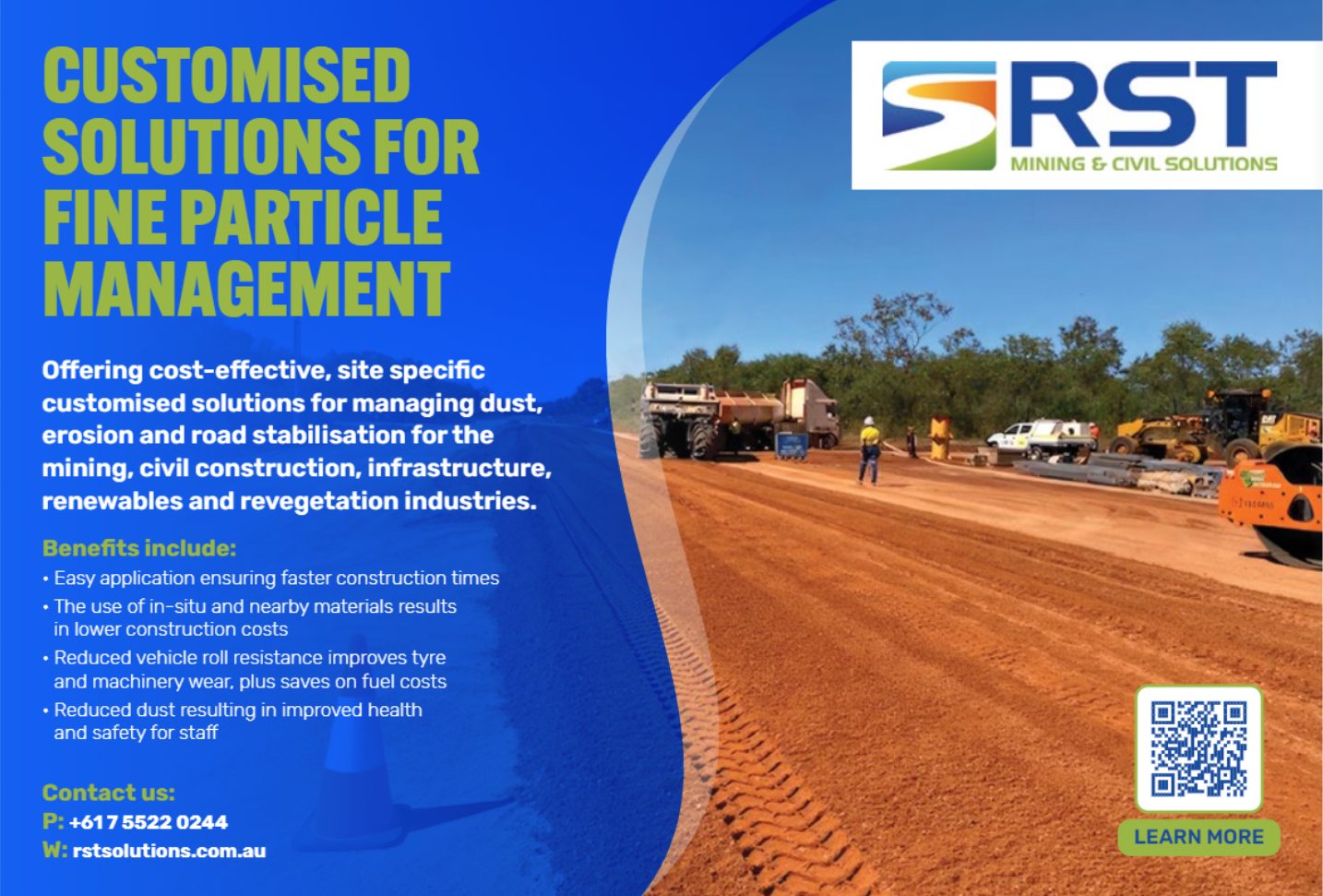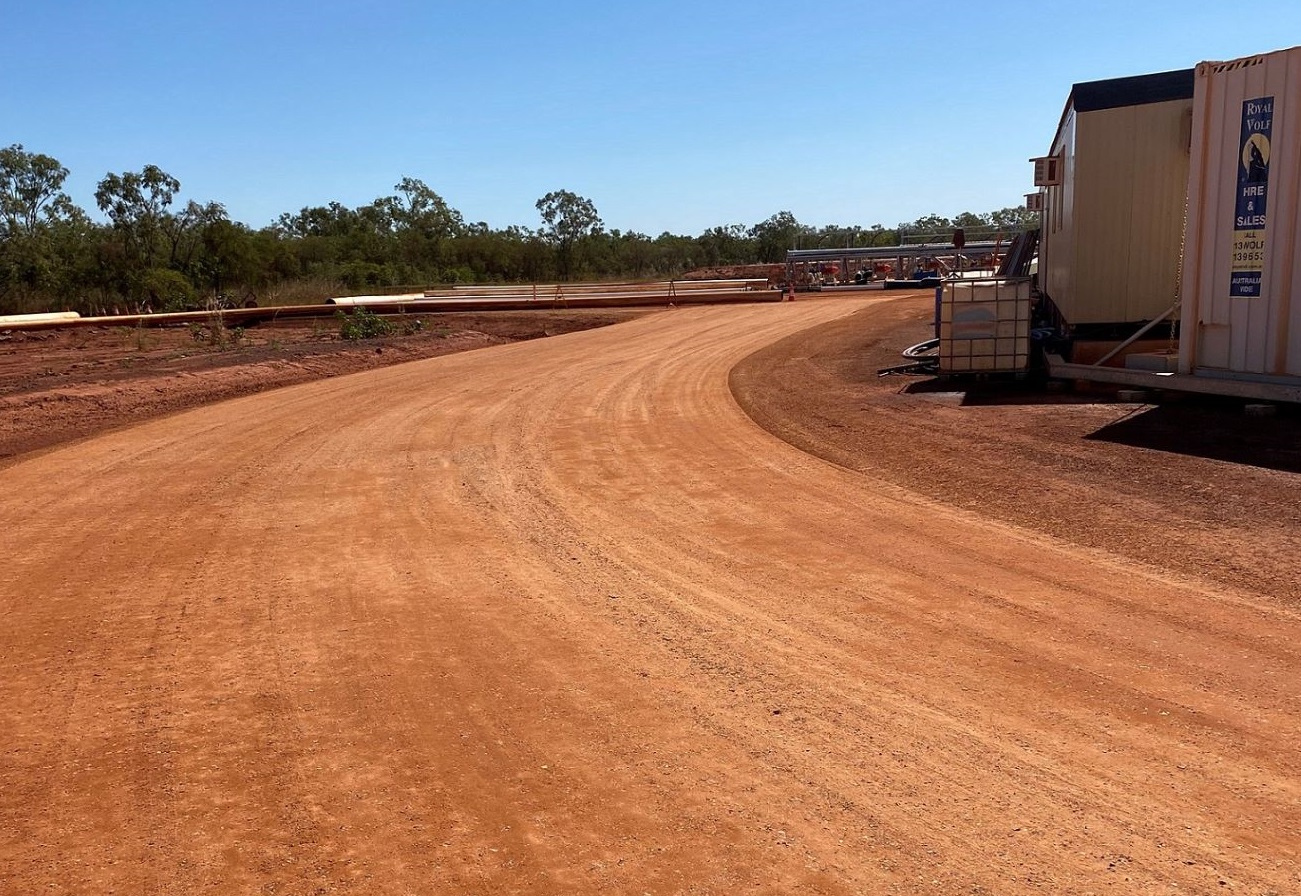
The journey towards autonomous mining calls for changes to the standards for haul road operations. Safe to Work speaks with Position Partners, Reynolds Soil Technologies (RST Solutions) and Proof Engineers to untangle the issues facing mining companies.
Mine employees are today working in different environments, with many companies transitioning to digitalisation and automation at operations of various commodities.
While decisions are mostly made at the top of an organisation’s hierarchy, it is the workers that are on-site day-in, day-out who make the potential of digital technology happen.
This also means they will be the first people to benefit from enhanced protection from the harsh environments that mining activities present.
According to Position Partners business manager – mining, solar & landfill, Andrew Granger, technologies that used to be considered “magic” and might not have necessarily worked a couple of decades ago are now driving today’s modus operandi effectively.
The mining sector has evolved to make technology more robust and reliable. This is reflected in the standard of a blade that is attached to a modern dozer, for example, and other pieces of equipment that are taken for granted.
“The big focus over the last 20 years was to get the best machineries to dig the most materials,” Granger, a mining veteran with 20 years’ experience, tells Safe to Work.
“Now, it’s even more important to add a piece of technology to these machineries so they can perform to the best of their ability and in the safest manner.
“Our number one goal at Position Partners is to remove operators from dangerous systems and allow them to not only improve production, but also continue working day and night safely.”
Take proximity awareness between equipment, for example. The technology has quickly come to the fore in the last decade, but it had once gone to the wayside due to its over-beeping, causing unnecessary distraction to operators.
This characteristic does more harm than good as operators start to ignore the alerts, according to Granger.
Position Partners’ latest proximity awareness device has been calibrated to only produce an alert when there’s a proximity awareness situation, Granger adds.
To prove today’s advancing technology, anything from Position Partners’ survey drones to machine guidance to fleet management systems can be customised depending on a company’s desired outcomes and budgets.
“One of our major focusses, aside from providing mining companies with the right technology, is to train the site team to deal with minor issues and then empowering them to use the system,” Granger says.
“But there’ll always be a need for on-site and remote support, and that’s the biggest feedback we’ve got from the industry. We’ve been able to listen to their feedback and employ local people to meet their need.”
The company has been actively involved in the learning and understanding of how autonomous truck programs operate since 2016.
That year, the RST Solutions team visited a global mining company’s large coal mine in the southwestern region of the United States for a trial of autonomous haul trucks that was being conducted in partnership with a leading original equipment manufacturer.
“We were interested to learn how the unmanned trucks would operate under the current parameters of a fully manned operation,” RST Solutions operations and technical director David Handel says.
“In a fully manned haulage operation, there are permanent and dynamic unsealed haul roads that are constantly changing and requiring continual maintenance and spillage removal to maintain good running surface and ongoing watering to mitigate haul road dust.”
“The saying ‘good roads, more loads’ is very true, but good roads also reduce tyre wear, fuel consumption, truck damage and driver fatigue, while delivering significant cost savings.”
What the RST Solutions team found during the early days at the mine was that an autonomous truck could drive straight into the dust coming off another truck, and the former’s autonomous system would perceive the dust as a wall and stop, shutting down the machine.
This meant that manned graders for road maintenance and water carts for dust mitigation could not operate on the haul roads when autonomous vehicles were in operation.
It was found that companies would still prefer to operate manned auxiliary equipment on a separate haul road to autonomous vehicles.
“It was, therefore, difficult to maintain a good running surface and manage dust,” Handel says.
“We immediately saw this as an area RST Solutions had to focus on as part of our continual research and development programs.”
RST Solutions subsequently developed superior dust suppressant products that stop the requirement for intense watering and reduce the need for frequent maintenance.
The RST Solutions product treatment beats the extreme ends of dust control methodologies on haul roads. On one end is a short-term solution by improving current watering programs to reduce water reapplication frequencies and dust levels.
On the other end of the spectrum are long-term dust suppressants that consume large volumes of product during the initial application and maintenance applications, and do not allow roads to be graded.
In response to this problem, RST Solutions developed liquid road stabilisers that are simply watered into the road material. Upon compaction, usually by the trucks themselves, the road is significantly stronger and less permeable.
According to Handel, this reduces the damaging effects of heavy vehicle traffic and rain.
“On top of that, in just four years since looking at the mine’s autonomous program, we have developed Guardian Roadbinder, as well as a product called RT20 Dynamic Soil Stabiliser specifically modified for autonomous applications,” he says.
“These products can deliver superior haul road structure with significantly higher structural integrity as the treatment could control dust, and also be regenerated with water application during maintenance grading to achieve the required dust suppression levels.”
The Guardian Roadbinder polymer technology is aimed at delivering the required results that Handel says are different from anything that was being used for dust control.
It works in both surface and underground operations, and has generated sales of 300 tonnes to date.
Jordan Handel, engineering and technology manager at Proof Engineers, a company that has implemented RST Solutions’ RT20 Dynamic stabilisation program on large haul road projects, stresses that it is imperative to adapt current infrastructure and processes around haul truck operations to suit autonomous vehicles.
“With the introduction of autonomous vehicles, the interaction between manned maintenance machinery and autonomous vehicles becomes a new risk for sites to manage,” he says.
“As an autonomous vehicle will react differently to a manned vehicle, it is important that the current standards are adapted to suit.”



